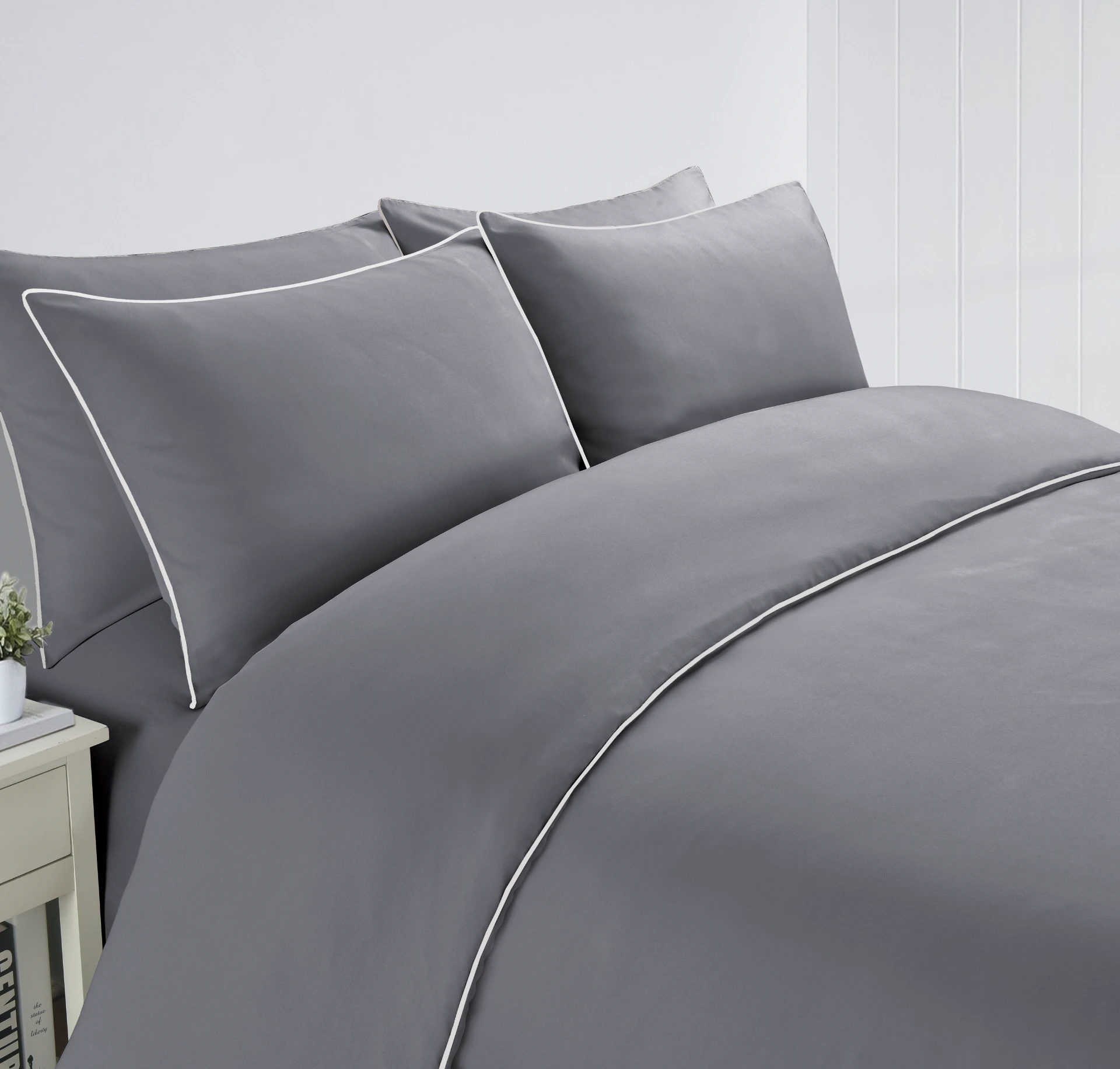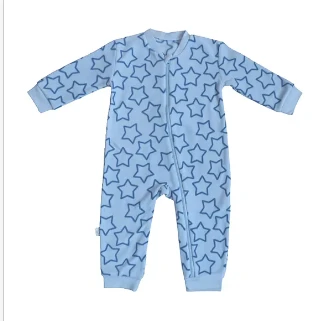Fabric Supply Premium Quality Polyester & Cotton Fabrics
- Global fabric supply
chain overview - Technical properties of specialized fabrics
- China's cotton fabric production varieties
- Market growth statistics and projections
- Material science advancements
- Supplier capability comparison
- Industry-specific customization solutions

(fabric supply)
The Global Fabric Supply Chain Explained
Fabric supply networks form the backbone of textile manufacturing, with Asia contributing over 65% of global textile exports. China remains the dominant player, exporting $120 billion worth of textiles annually. The complexity increases when sourcing technical fabrics like flame retardant materials, where lead times can vary from 2 weeks for stock items to 8 weeks for specialized custom orders. Efficient fabric supply chains prioritize three fundamentals: rigorous quality control protocols, transparent logistics tracking, and compliance documentation for international shipping.
Flame Retardant Polyester Specifications
Polyester flame retardant fabrics meet critical safety standards including NFPA 701 and EN 13501-1. Modern variants maintain fire resistance through 50+ industrial washes without performance degradation. Technical advantages include:
- Self-extinguishing within 2 seconds of flame removal
- Limiting oxygen index (LOI) ratings exceeding 32%
- Temperature resistance up to 300°C while maintaining structural integrity
Applications span beyond protective workwear to aviation interiors and theater drapery, where material must resist ignition from short-term exposure to temperatures exceeding 500°C.
China's Cotton Fabric Diversity
China manufactures over 40 distinct cotton fabric types, categorized by weave technique and finishing processes. Major production hubs like Jiangsu and Zhejiang provinces specialize in:
- Combed cotton poplins (120-140GSM) for premium shirting
- Organic twills with GOTS certification
- Mercerized long-staple varieties reducing shrinkage below 3%
Recent innovations include blended weaves incorporating bamboo fibers that enhance moisture-wicking properties by 40% compared to conventional cotton. Environmental regulations now mandate wastewater recycling in 85% of large-scale cotton mills, reducing ecological impact.
Industry Growth Metrics
The technical textiles sector shows remarkable expansion, projected to reach $207 billion by 2028 according to Textile World Journal statistics. Driving this growth:
| Segment | 2022 Market Value | 2028 Projection | CAGR |
|---|---|---|---|
| Protective Fabrics | $16.2B | $28.7B | 10.1% |
| Medical Textiles | $20.8B | $34.5B | 8.8% |
| Industrial Applications | $13.9B | $23.1B | 9.2% |
Supply chain innovations reduce raw material waste by 15-22% through AI-driven cutting optimization systems adopted by leading manufacturers.
Manufacturing Technology Advancements
Contemporary fabric production integrates nanotechnology for functional enhancements. Shanghai-based factories now utilize plasma coating systems applying microscopic FR compounds at 1/3rd the thickness of traditional methods without compromising safety ratings. Nano-encapsulation enables:
- Time-release antimicrobial treatments lasting 50+ washes
- UV protection factors exceeding UPF 50+ without chemical odors
- Conductive thread integration for wearable technology applications
Automated optical inspection systems detect defects at 120 meters/minute, improving quality control efficiency by 300% compared to manual methods.
Supplier Capability Analysis
| Manufacturer | Minimum Order | Lead Time | Certifications | Specialization |
|---|---|---|---|---|
| Jiangsu Textile Group | 500m | 25 days | ISO 9001, Oeko-Tex | Flame retardant blends |
| Zhejiang Cotton Mills | 800m | 18 days | GOTS, BCI | Organic cotton varieties |
| Guangdong Technical Fabrics | 300m | 35 days | UL Proponent, EN 11612 | Industrial-grade FR polyester |
Third-party verification reveals Guangdong's FR polyester maintains tensile strength 15% above industry average after accelerated aging tests equivalent to 5 years of use.
Custom Fabric Supply Solutions
Contemporary fabric supply requires tailored approaches for different sectors. Automotive manufacturers typically request FR polyester with precisely controlled friction coefficients (0.35-0.45) to ensure airbag deployment reliability. Hospitality suppliers increasingly demand antimicrobial cotton blends with tested efficacy against 99.8% of pathogens. Sustainable solutions gaining traction include recycled cotton processing saving 2,500 liters/kg of water compared to conventional methods. Successful project case studies include a UAE contractor sourcing 120,000 meters of desert environment cotton fabric featuring enhanced UV protection and sand abrasion resistance for infrastructure projects.

(fabric supply)
FAQS on fabric supply
Here are 5 FAQ groups about fabric supply, polyester flame retardant fabric, and different types of cotton fabric in China, using HTML formatting:Q: What is included in fabric supply services?
A: Fabric supply involves sourcing, manufacturing, and distributing textile materials globally. It typically includes raw materials, finished fabrics, custom production, and logistics support for industries like apparel and home textiles.
Q: Why choose polyester flame retardant fabric?
A: Polyester flame retardant fabric offers fire resistance through chemical treatments or inherent fiber properties. It combines durability with safety compliance, making it ideal for protective workwear, hospitality curtains, and public transportation interiors where fire regulations apply.
Q: What cotton fabric types dominate China's supply?
A: China mainly supplies woven options like poplin, twill, and denim, plus knitted jersey and interlock. Specialized varieties include mercerized cotton for sheen and organic cotton for sustainable fashion, all mass-produced for global export markets.
Q: How does fabric supply handle custom orders?
A: Suppliers manage custom orders through sample development, MOQ negotiations (usually 1,000+ yards), and finish specifications like dyeing patterns or coatings. Most support small-batch prototyping before bulk production runs.
Q: Can Chinese suppliers combine cotton and flame retardant fabrics?
A: Yes, leading fabric suppliers offer treated cotton blends with flame-retardant properties. These hybrid solutions merge cotton's comfort with safety certifications (CPAI-84, EN11612), commonly used in military uniforms and industrial protective gear.
-
Hotel Textiles: The Backbone of Luxurious HospitalityNewsJul.15,2025
-
Exploring the World of Home Fashion TextilesNewsJul.15,2025
-
Bedding Textiles: The Perfect Blend of Comfort and StyleNewsJul.15,2025
-
Baby Accessories for Newborns: Essential Items for Your Little OneNewsJul.15,2025
-
Airplane Comfort Accessories: Enhance Your Travel ExperienceNewsJul.15,2025
-
Air Travel Blanket: The Ultimate Comfort for Your JourneyNewsJul.15,2025
- Product Categories
- • Hospital Used Fire Retardant Bedding
- • Hotel Textiles
- • Airline Textiles
- • Hometextiles
- • Infant Cloth
- Quick Links
- • Home
- • Products
- • About us
- • News
- • Contact
- Contact Us
-
Tel: +8631187701449
-
Fax: +86 311 8770 1444
-
E-mail: sale@hometex-suntex.com




